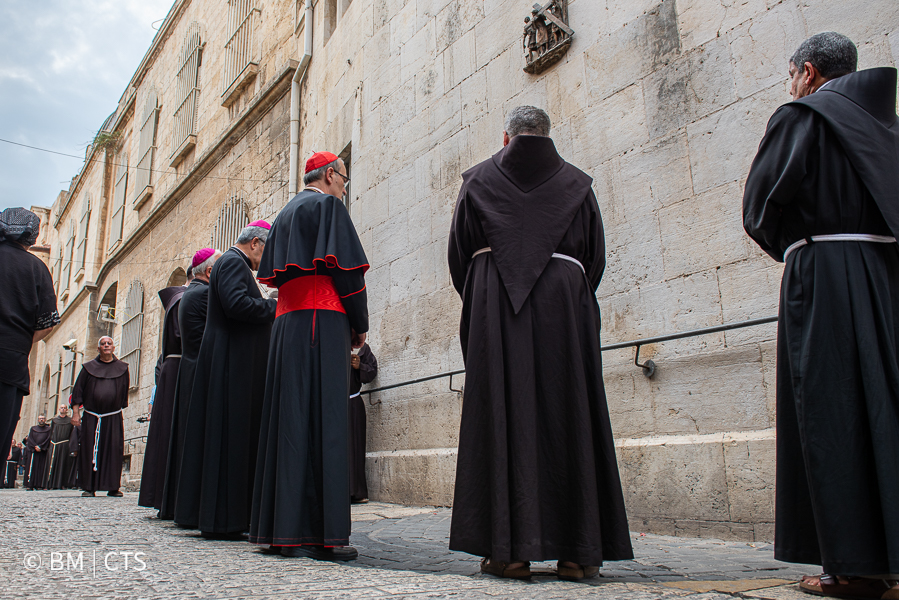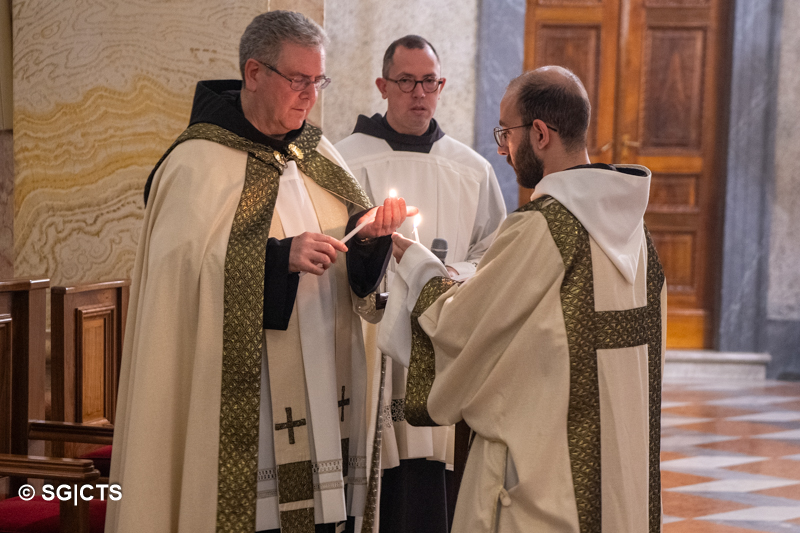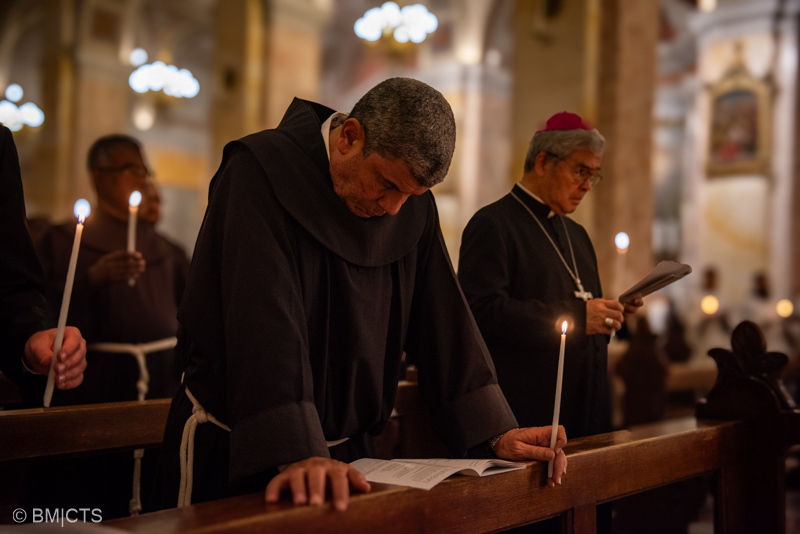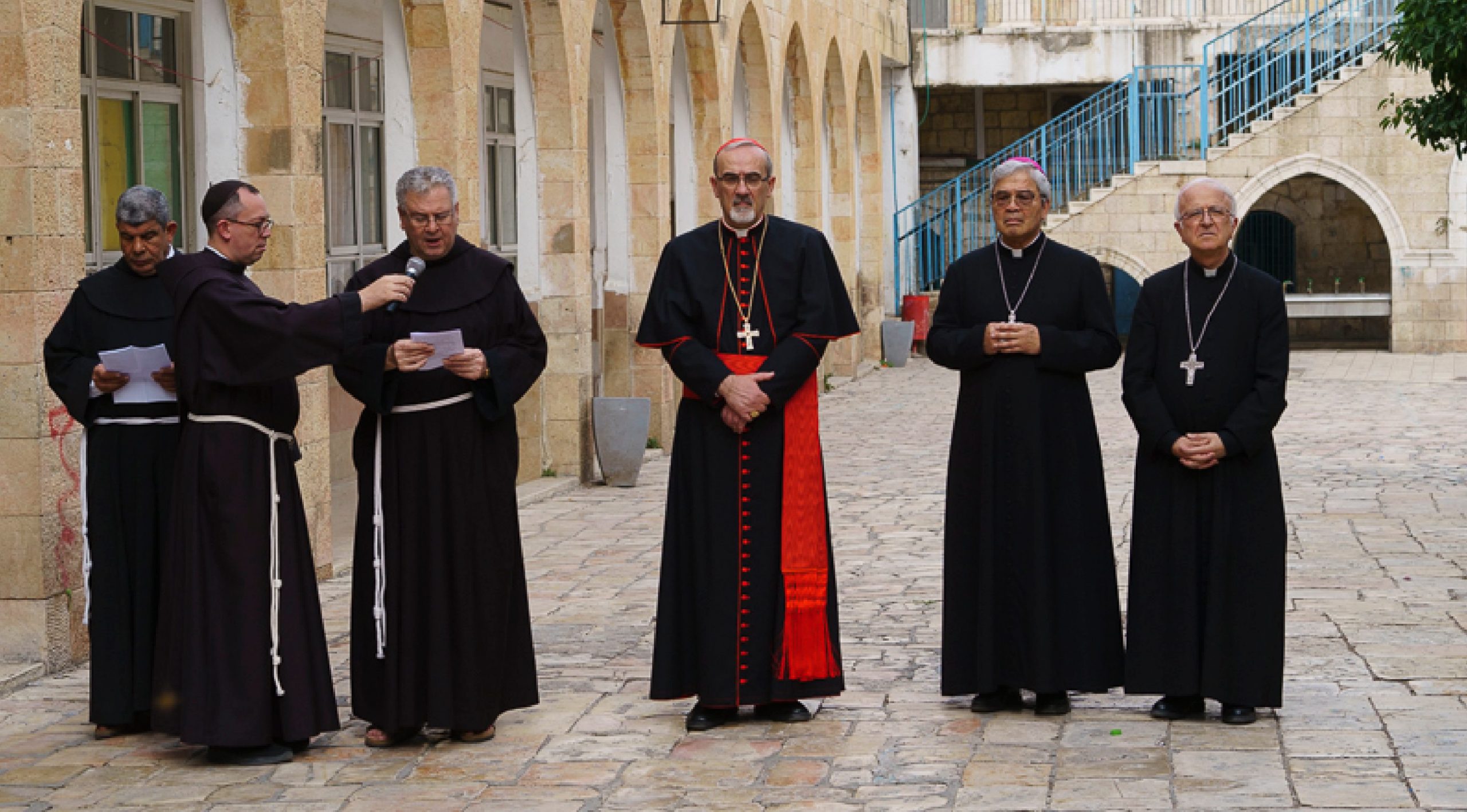Silvia Giuliano
(ZENIT News / Jerusalem, 10.30.2023).- In Jerusalem, friars and religious have once again implored peace, and this time they did it by going down and praying the Via Crucis on the traditional route of the Via Dolorosa. The devotion had been suspended since the beginning of the conflict.

On Friday 27 October, the moving procession along the 14 stations which mark the route between the Sanctuary of the Flagellation and the Holy Sepulchre took place on a particular day: that chosen by Pope Francis for fasting, prayer and penitence for peace in the Holy Land. “All our sisters and brothers of the various Christian confessions, those belonging to other religions and all those who hold the cause of peace in the world dear to their hearts” were invited to join in.

Usually the Via Crucis sees the participation of pilgrims and faithful, who at present cannot reach the Holy Land, this time it was above all local faithful and the Franciscans who took part in the procession. They were guided by the Custos of the Holy Land, fr. Francesco Patton, by the Latin Patriarch of Jerusalem, Card. Pierbattista Pizzaballa, by the Apostolic Nuncio for Israel and the ApostolicDelegate for Jerusalem and Palestine, Mons. Tito Yllana and by the Patriarchal Vicar for Jerusalem, Mons. William Shomali.
The Prayer Vigil at St Saviour’s

At the end of the Via Crucis, the prayer vigil was held in St Saviour’s church, almost at the same time as the hour of prayer according to the wishes of the Holy Father in Rome, in St Peter’s Square. The Custos of the Holy Land presided over the vigil under the eyes of the Ecce Homo by Arcabas, the pseudonym of the French artist Jean-Marie Pirot, whose work, with a strong emotional impact, was placed at the foot of the altar.
“I would like to recall the prophetic words in the Gospel of the Beatitudes (Matthew 5,1-12) which we have just read,” emphasized fr. Francesco Patton, “where Jesus suggests something that goes against the tide with respect to the common mentality: today that radical message is called forgiveness. The vigil aims to recall the words of St John Paul II “There is no peace without justice and there is no justice without forgiveness,” because it is forgiveness that qualifies us as Christians. It is always necessary to speak of forgiveness, especially in situations dominated by hatred and vendetta where it is difficult to bring reconciliation. Let us ask the Lord to make our hearts open to forgiveness, the seed of peace, to cast through our prayer this seed even into the hearts of the people who live in this tormented land and in those lands which have the power to make decisions which concern the lives of others.”
The prayer becomes a “sign”

During the vigil, the meditation became a sign when each of the participants was invited to throw a grain of incense into the lit brazier “to express the desire that the perfume of the prayer uniting the believers, rises to heaven – instead of the smoke of the rockets, missiles and bombs that destroy human lives.”
During the evening prayer, St Saviour’s church stayed in semi-darkness, broken only – at the end of the liturgy – by the lights of the candles lit by all the faithful present: a flame taken from the Easter candle, the sign of Christ risen, the root of peace that all those present “undertook to take into homes and into the world.”














